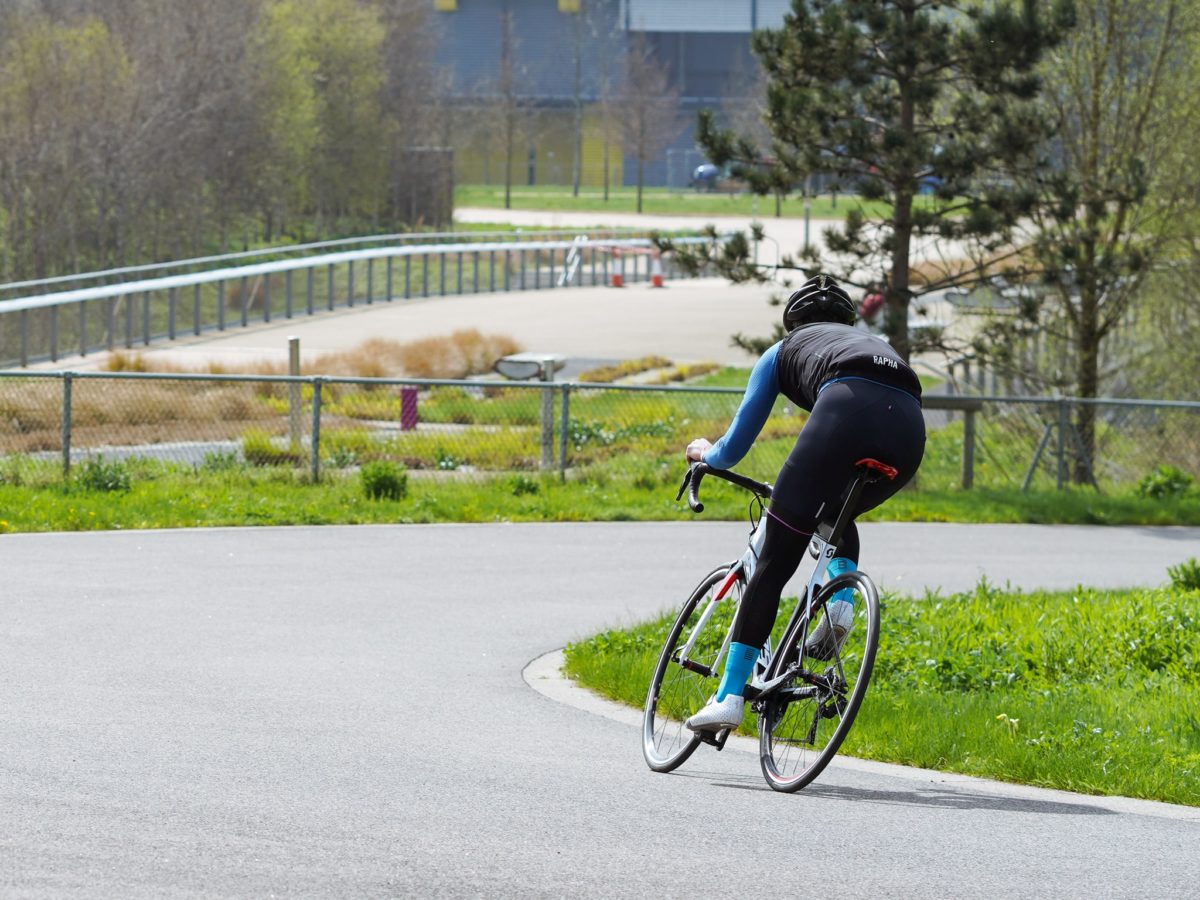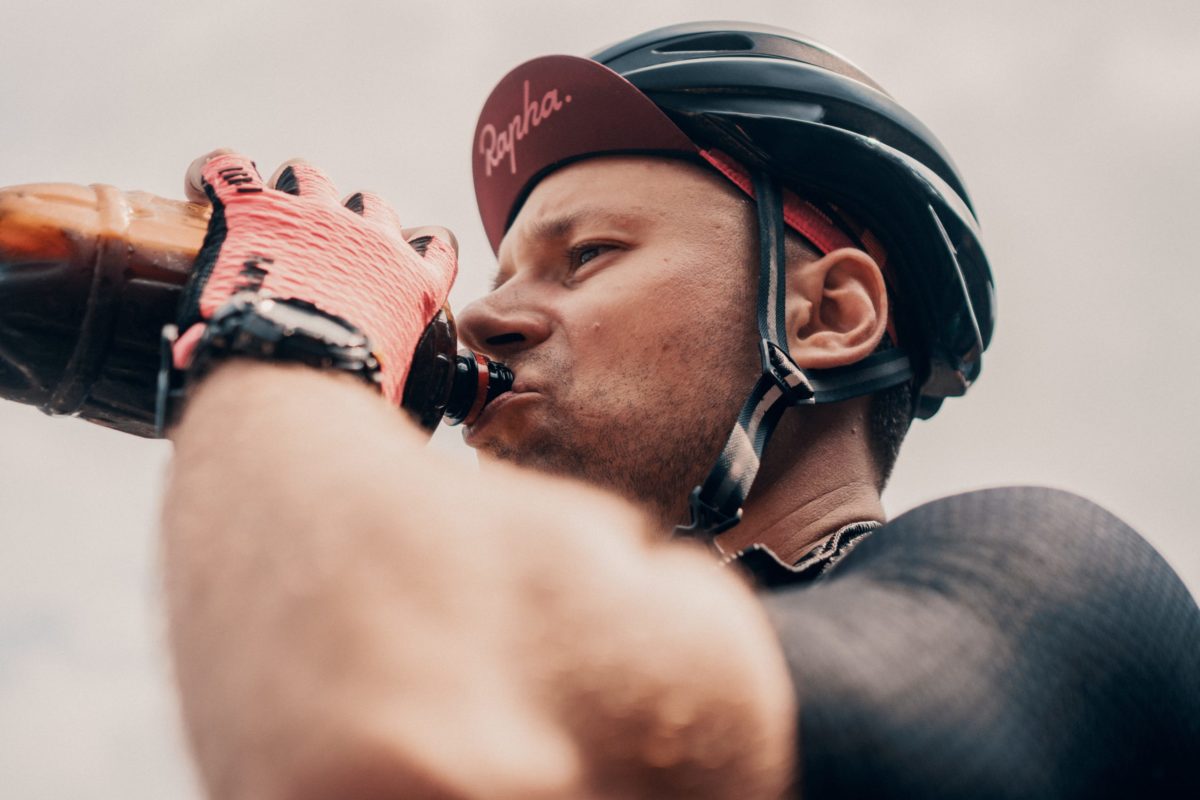Athletes have had to adapt to get their enduro-kicks in the pandemic-provoked ‘new normal’. Some may have been wading even deeper into the pain pool than normal, especially those forced off the bike for extended periods due to sickness or exercise restrictions.
Thankfully, some racing schedules have returned depending on the region/country to add something like normality to all the virtual trainer racing to be had on Zwift and co.
One thing that hasn’t changed in all this is the important role nutrition plays in recovering from big efforts – and training for big efforts. Sports nutritionists are frequently shocked at how often even high-level athletes neglect to pay the same attention to recovery nutrition they pay to other performance elements. Post-effort bingeing on roast chicken or tofu or chips or pasta or choc milk or protein shakes or electrolyte drinks will, of course, replenish carbs, proteins, fluids and other nutrients but it is hardly optimal.
With a little planning, upping your recovery nutrition game could take your results to new levels.
“There are three Rs to focus on: Repair, Rehydrate and Refuel,” says Alan McCubbin, PhD, sports dietitian and founder of Next Level Nutrition, in Melbourne, Australia.
“How much emphasis you should place on each one will depend on the ride you’ve just completed and the type and timing of the next one,” states Dr McCubbin, who has advised the (now defunct) Attaque Team Gusto UCI Continental Team and currently acts as the sports dietitian to Triathlon Australia’s High Performance Program among others
Let’s assume the event in mind is a 100km+ race/sportif which might involve a 4-8 week training bloc and a weekly commitment in the vicinity of 15-20 hours.

Repair – team protein
Muscle micro-tear is the typical stress of training hard that recovery nutrition can do the most to help. These micro-tears are not injury – they are in fact a good sign that your muscles are changing in response to the training and protein is your recovery friend here.
Dr McCubbin advises 0.4 grams of protein per kilogram of body weight after a hard multiple-hour training session that may have pushed FTP (functional threshold power) or MAP (maximal aerobic power) to the limit and produced millions of micro-muscle tears.
It is more important to consume this amount of protein “every 4-6 hours throughout the day” than immediately after a hard effort as “we now understand from research that the timing post-exercise is not critical {for protein}.”
Mark Tallon, PhD, UK-based founder of triathlon training service TriathlonLab and food law consultancy Legal Foods, agrees on those levels but emphasises the use of liquid supplement proteins like whey or soy “to ensure adequate protein absorption between exercise sessions.”
“Leucine is the key anabolic ingredient and ideally you want 3g of it in whatever protein form you are taking post-exercise,” Dr Tallon told us. “You might take a carb/protein gel 15 minutes before the end of a session for recovery.”
Dr Tallon suggested collagen hydrolysates fortified with vitamin C could be effective for joint and tendon repair, especially for runners.
It is worth noting that most protein recovery research has focused on gym sports and weight training, but the science that exists for endurance sports does tend to congeal around this figure of 0.4g/protein per kilogram of body weight in a single consumption session.
If protein is consumed 3-4 times a day this comes in at 1.2g-1.6g/day. For a 75kg cyclist, this equates to about 30g of protein in a session or about 90-120g a day.
Compare that with the peak needs of elite-level cyclists as demonstrated by the Movistar pro cycling team during the 2015 Vuelta a España. Detailed analysis found Movistar’s nine riders each consumed 3.3g per kilo of body weight of protein daily during the 3-week Grand Tour. That’s a lot of micro-muscle tears to repair!
Refuel – your mates, carbohydrates
For those training hard on a bike, average carbohydrate-processing rates tend to be between 30-60g/hr, although they can go as high as 100g/hr. On-bike feeding rarely covers the carb-deficit created by a long hard ride, as bonking and extreme post-ride hunger pangs experienced by most riders testify to.
“I recommend 1-1.5g carbohydrate per kg of body weight immediately after exercise and every two hours for up to six hours,” says Dr Tallon. In calorific terms, 30g of protein yields 120 calories while 85 grams of carbs delivers 340 calories.
Dr McCubbin says refuelling strategies as above are most important if followed by another hard effort within 24 hours, “then continuing on a fairly high carb diet until you’ve eaten enough carbs to adequately fuel the next session.”
Simple sugars are the most easily processed by the body and can be most useful when the ‘muscle glycogen window’ is open straight after a ride, but research indicates the type of carbohydrate is not so important in the post-activity intake period of several hours.
A newer concept is the ‘fat window’ which suggests fat intake post-ride is also important to replenish intra-muscular fat stores the body turns to when glycogen levels are low. Research in this emerging area has not as yet quantified fat optimum fat intakes.

Rehydrate – be a fluid druid
As noted in a previous article, getting hydration right can be tricky, given the variables of endurance sports. The American College of Sports Medicine (ACSM) stated in a 2007 position paper on hydration: “The longer the exercise duration the greater the cumulative effects of slight mismatches between fluid needs and replacement, which can cause excessive dehydration or dilutional hyponatremia.”
Dr McCubbin recommends weighing yourself pre- and post-session to define fluid loss (while accounting for fluids and foods consumed).
“The general rule of thumb when rapid rehydration is important is to drink 125-150% of the fluid deficit within the first four hours after exercise,” he notes, adding, “A specific focus on rehydration is most important when you’ve lost a lot of sweat in the original session, AND you have another important session coming up within a fairly short timeframe, say the next 12-15 hours.”